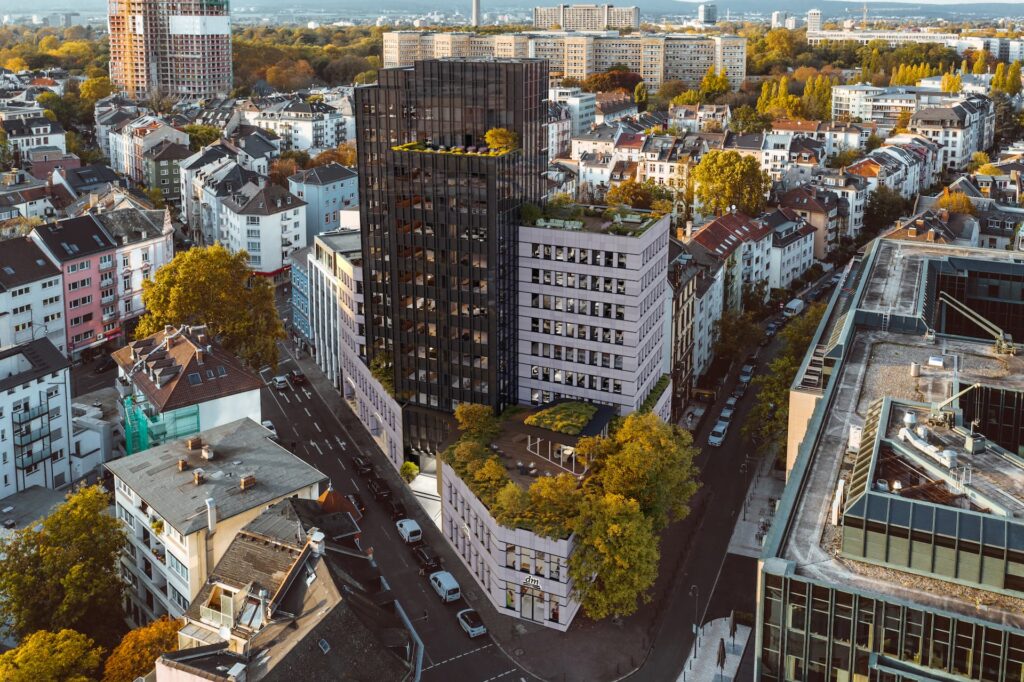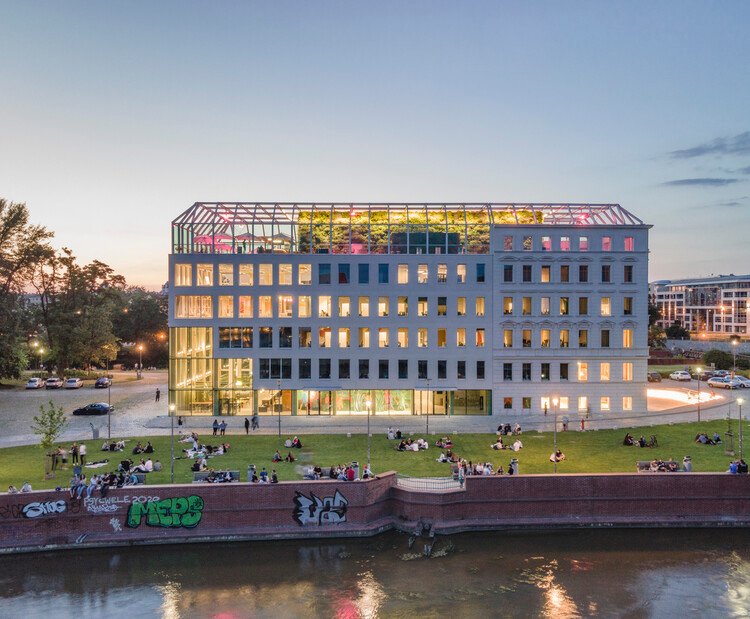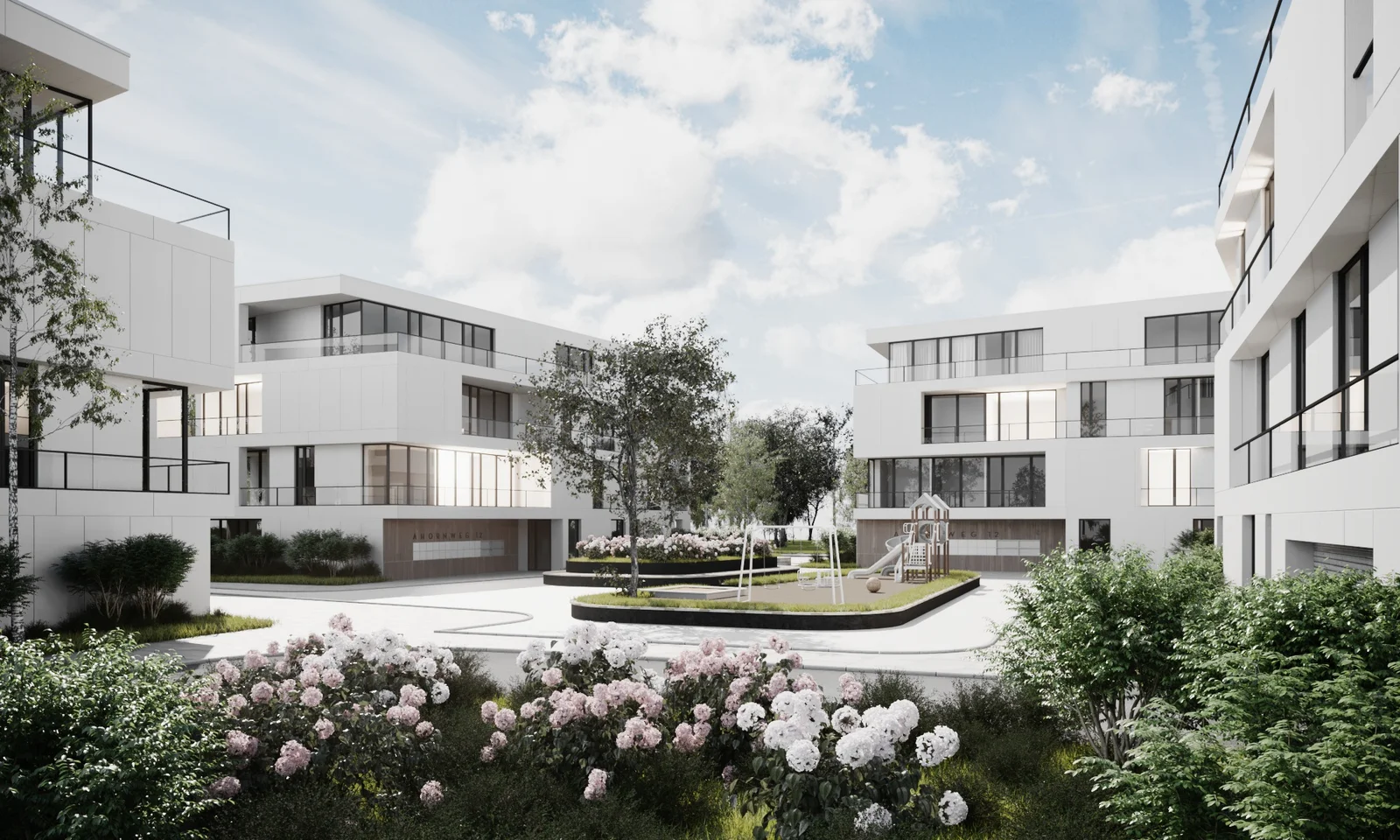How 3D Visualizations Shape the Design of Airport Terminals
As the aviation industry continues to expand, the need for sophisticated, well-designed airport terminals is more important than ever. One tool revolutionizing the planning and design of these structures is 3D visualization. By creating a realistic, three-dimensional model of a terminal before it’s built, architects and designers can anticipate problems, make changes, and perfect their designs. This blog post will explore how 3D visualizations shape the design of airport terminals.
The Role of 3D Visualization in Airport Terminal Design
3D visualization has become an integral tool in the design of airport terminals, transforming the way architects approach their work. This technology allows designers to create a virtual model of a terminal, providing a new level of detail and accuracy that cannot be achieved with traditional two-dimensional plans. Here’s a closer look at how 3D visualizations are used in airport terminal design.
Improving Accuracy and Efficiency
The first major advantage of 3D visualization is its ability to improve accuracy and efficiency in airport terminal design. With a 3D model, architects can view the terminal from multiple angles, allowing them to spot potential issues that may not be evident in a 2D drawing. This can save a significant amount of time and resources, as changes can be made in the design phase rather than during construction.
Enhancing Communication and Collaboration
Another key benefit of 3D visualization is that it enhances communication and collaboration among project teams. By viewing a realistic 3D model, everyone involved in the project – from architects and engineers to stakeholders and clients – can better understand the design and provide more effective feedback. This also allows for more inclusive decision-making, as everyone can visualize the impact of potential design changes.
The Power of 3D Visualizations in Airport Terminal Design
Streamlining the Design Process
3D visualizations have revolutionized the designing of airport terminals by streamlining the design process. Architects and engineers can now use 3D modeling software to create digital models of their designs, allowing them to visualize the terminal before it’s built. This technology allows designers to test different design iterations efficiently, saving both time and resources.
Furthermore, 3D visualizations help in identifying potential design flaws and make necessary corrections before construction begins. This reduces the likelihood of costly errors during construction that could lead to delays or redesigns.
Enhancing Stakeholder Communication
For complex infrastructure projects like airport terminal designs, effective communication with stakeholders is crucial. 3D visualizations play a key role in this aspect, as they provide a clear and realistic picture of the proposed design, which is easy for non-technical stakeholders to understand.
Traditional 2D blueprints can be challenging to comprehend for people without an architectural or engineering background. However, 3D visualizations overcome this barrier, allowing stakeholders, including investors, airport authorities, and the public, to understand the design and its implications better. This leads to more informed decision-making and higher levels of stakeholder satisfaction.
Improving Passenger Experience
The ultimate goal of any airport terminal design is to enhance the passenger experience. 3D visualizations help achieve this by enabling designers to simulate passenger movement and behavior within the proposed design. This allows them to identify and remedy potential bottlenecks, inefficiencies, or safety issues before construction.
3D visualizations can also be used to plan the placement of amenities and services within the terminal, such as check-in counters, security checkpoints, retail spaces, and restrooms. This ensures a smooth and convenient passenger experience, right from arrival to boarding.
In conclusion, 3D visualizations are shaping the design of airport terminals by streamlining the design process, enhancing stakeholder communication, and improving passenger experience. As technology continues to advance, we can expect 3D visualizations to play an even more significant role in the future of airport terminal design.In conclusion, 3D visualizations have revolutionized the way airport terminals are designed. These cutting-edge tools offer architects and designers a unique, comprehensive perspective, which aids in creating functional, efficient, and aesthetically pleasing airports. By simulating pedestrian traffic, assessing structural integrity, and visualizing architectural aesthetics in a virtual environment, potential hurdles can be identified and addressed early on in the design process. As technology continues to evolve, 3D visualizations will undoubtedly play an even more significant role in shaping the future design of airport terminals. We can expect to see more innovative, passenger-friendly, and sustainable terminal designs resulting from this transformative technology.







